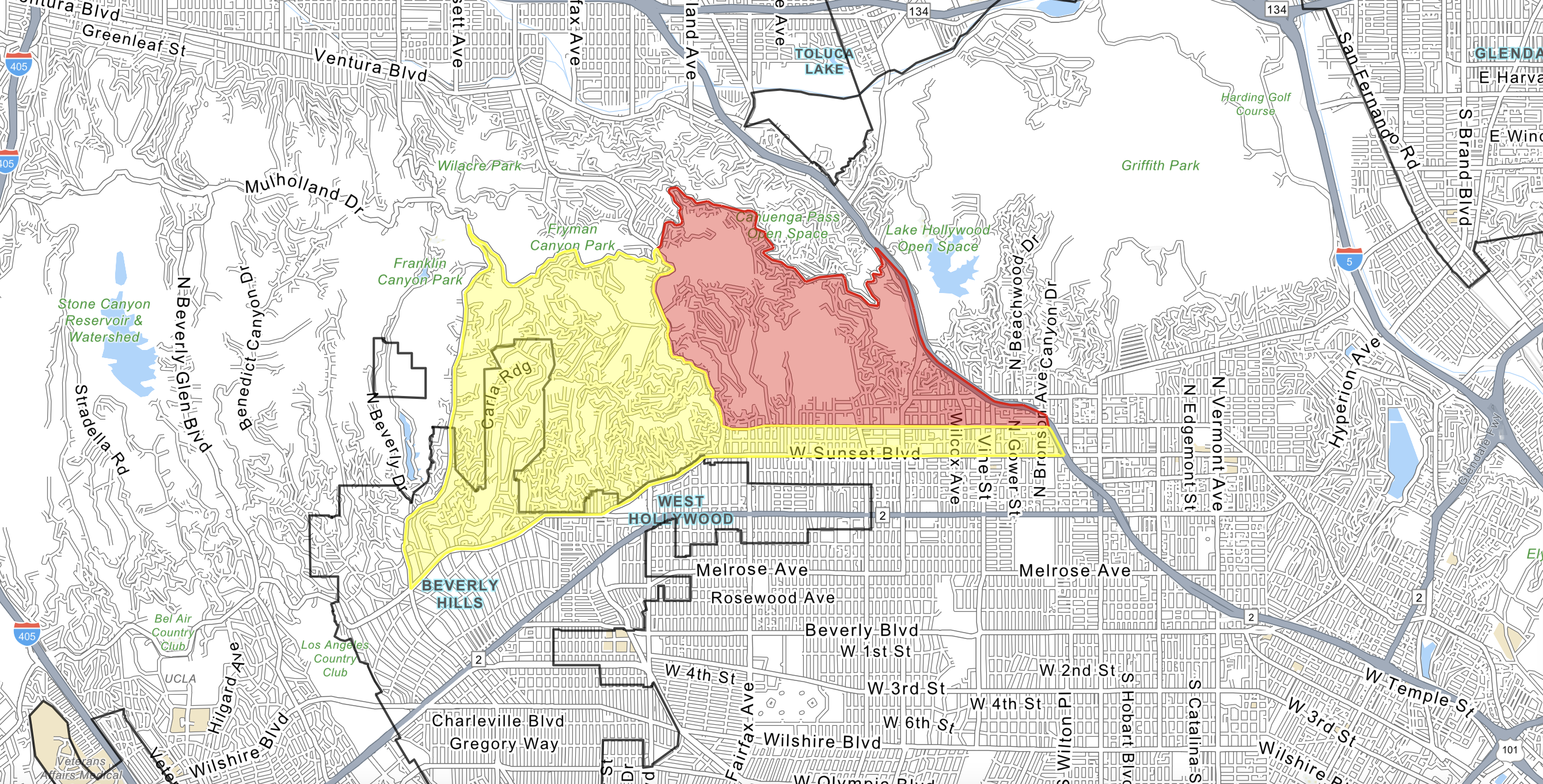Major reservoirs across California are performing above or near their historical average, but a dry summer has contributed to falling water levels.
Regardless of the plunge, most of the Golden State's major reservoirs are in a much better state than at their lowest point in 2022.
After years of drought, several reservoirs in California reached concerningly low water levels in the summer of 2022. However, an abnormally wet winter that followed alleviated much of the state's drought and replenished the lakes. A similarly wet winter last year brought a deluge of rain to the state. Reservoir water levels rose across the state, with several reservoirs nearing their capacity in 2023 and 2024, including the state's two largest reservoirs, Lake Shasta and Lake Oroville.
As of Thursday, most reservoirs are performing near their historical average, though many of them are below 80 percent capacity, according to the California Department of Water Resources (DWR). Individual reservoir graphs show that most have experienced a steady decline over the summer months as dry weather once again plagued the state.

Newsweek reached out to the DWR by email for comment.
California completely emerged from drought for the first time in three years last fall, but dry, hot conditions have impacted the state once more. The ongoing drought isn't as severe as in past years, though.
As of Thursday, the U.S. Drought Monitor map showed that none of the state was battling extreme or exceptional drought, compared to the 60 percent that faced extreme drought and nearly 17 percent struggling with exceptional drought, the worst classification, during the summer of 2022.
Lake Oroville's level has dropped 133 feet since June, though at 766 feet, it is still more than 80 feet above this time in 2022. Lake Shasta has dropped roughly 67 feet since June, though its levels are more than 70 feet above where they were in late October of 2022.
The state's other large reservoirs tell a similar story, although most will likely recover this winter, as some meteorologists are forecasting another wet winter for California, which would supplement the reservoirs.
Earlier this month, AccuWeather issued a forecast predicting that atmospheric rivers would impact northern California earlier in the winter season before shifting to southern California in January and then returning to the northern parts of the state to finish out the season.
Atmospheric rivers are a "long, narrow region in the atmosphere—like rivers in the sky—that transport most of the water vapor outside of the tropics," according to the National Oceanic and Atmospheric Administration. Though they can help remedy California's reservoirs, they also can cause devastating floods and mudslides.
Paul Pastelok, an AccuWeather senior meteorologist and long-range expert, previously told Newsweek that another wet winter will help California through next summer.
"It will continue to improve the water situation," he said. "We had a pretty dry summer in California, and we all thought we had enough water supply from the previous two winter wet seasons to get us through a dry summer, and that seemed to be the case. If this happens, it'll help again to keep those levels good all the way through most of 2025."
![SOURCE SPORTS: [WATCH] Mets Capt. David Wright Gives Interesting Insight On The Honor Of His Jersey Retirement In Citi Field](https://thesource.com/wp-content/uploads/2025/01/01fs75fy836w8mp4ytwr.webp)



















 English (US) ·
English (US) ·